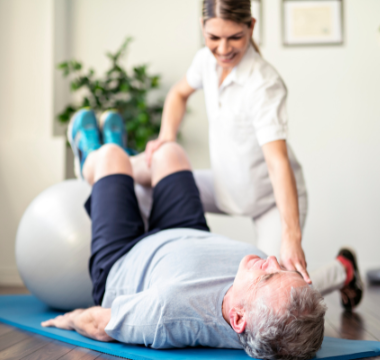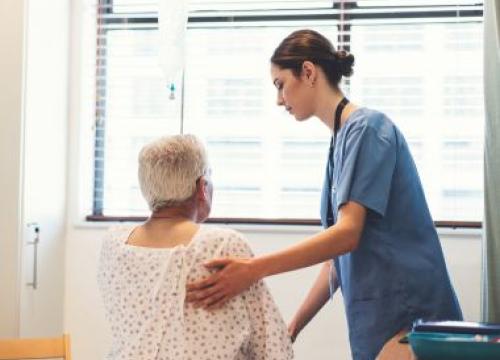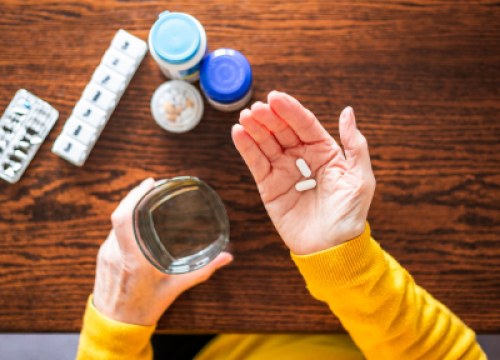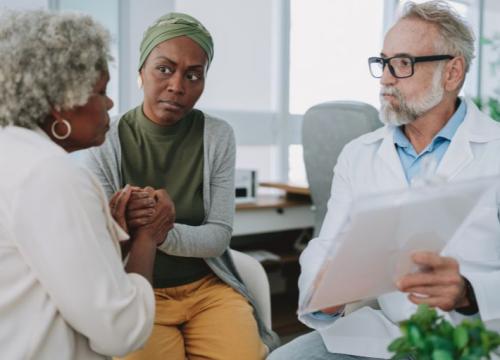Tips for People with Parkinson’s Who Want to Take Over the Counter Medications During Flu Season

People with PD often tell us that when they get sick with cold and flu-like symptoms, their pharmacist and healthcare professionals warn them to stay away from the medication aisle of the pharmacy. They are told that any over-the-counter medication has the potential to worsen Parkinson’s symptoms. Unfortunately, many people interpret this potential worsening as a recommendation to never use these medications.
Also contributing to this issue is a series of reports that medications such as anticholinergics (like Benadryl) may cause acute confusion and even contribute to long-term cognitive changes. It is important to keep in mind when selecting a cough or flu medication that the intent is not to treat long-term issues.
This flu season we wanted to provide the PD community with some tips to help you navigate Parkinson’s while simultaneously addressing cold and flu symptoms:
- If memory or thinking problems are present, take caution with drugs that may be sedating (such as Sudafed) or that contain an anticholinergic (for example, Trihexyphenidyl, Benadryl, Cogentin, Parsitan). Because of memory and thinking issues, anticholinergics are only rarely used to address cough and cold symptoms.
- Cough syrups with pain medication (such as codeine) could lead to memory issues, thinking problems or sedation. If you take one of these medications your memory and thinking should be monitored as confusion could lead to falls and other negative consequences.
- Pain medication (such as meperidine) can interact with other medications and can result in sedation.
- It may be useful to temporarily stop monoamine oxidase (MAO-B) inhibitor drugs (such as selegiline, rasagiline, safinamide) to avoid drug-drug interactions with cyclobenzaprine, dextromethorphan (often found in cough medicine), meperidine (also sold as Demerol), methadone, St. John's wort or the pain medicine tramadol. Talk to your doctor before making changes to your medications.
- Psuedoephedrine, phenylephrine and phenylpropanolamine can be found in any cold or flu medication and could increase blood pressure and possibly increase the risk of stroke, especially in those with high blood pressure.
- Aspirin, acetaminophen and other nonsteroidal anti-inflammatory drugs are usually safe, but can have side effects (particularly gastrointestinal).
- Antihistamines can sometimes cause drowsiness, but many people with PD can tolerate them for short courses.
In 2014, Kim Painter wrote a great article in the USA Today to help individuals and families stay safe in the cold and flu aisle.
Here are some of Kim’s tips:
- Treat only symptoms you have and be wary of multi-symptom products.
- Know your dose and don’t overdose.
- Know your health risks (for example, decongestants can cause blood pressure spikes, especially if you have hypertension; acetaminophen can lead to liver damage for heavy alcohol users).
- Don't double up and accidentally take two medicines with similar ingredients.
- Consider trying alternatives (rest, fluids, saline nasal sprays, salt-water gargles, honey for cough).
Where does this leave people with Parkinson’s when they find themselves in the medicine aisle? The most important take home is that it is possible to take over the counter medications if you have Parkinson’s disease. However, there are potential risks and benefits, as well as strategies and alternatives that may also address cold and flu concerns.

The commonly used strategy of telling a person with Parkinson’s to suffer through cold and flu symptoms may not always be the best strategy. Working through a solution with your healthcare team makes a lot of sense and can alleviate some of the discomfort associated with cold and flu-like illnesses.
You can find out more about our National Medical Director Dr. Michael S. Okun by visiting the Center of Excellence University of Florida Health Center for Movement Disorders and Neurorestoration. Dr. Okun is also the author of the Amazon #1 Parkinson's Best Seller 10 Secrets to a Happier Life.
Related Blog Posts

Meet a Researcher Working to Make Adaptive DBS More Effective
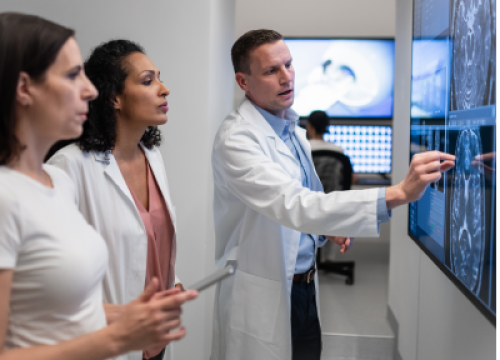
Parkinson’s Foundation Shares Six Scientific Posters at International Congress of Parkinson’s Disease and Movement Disorders








